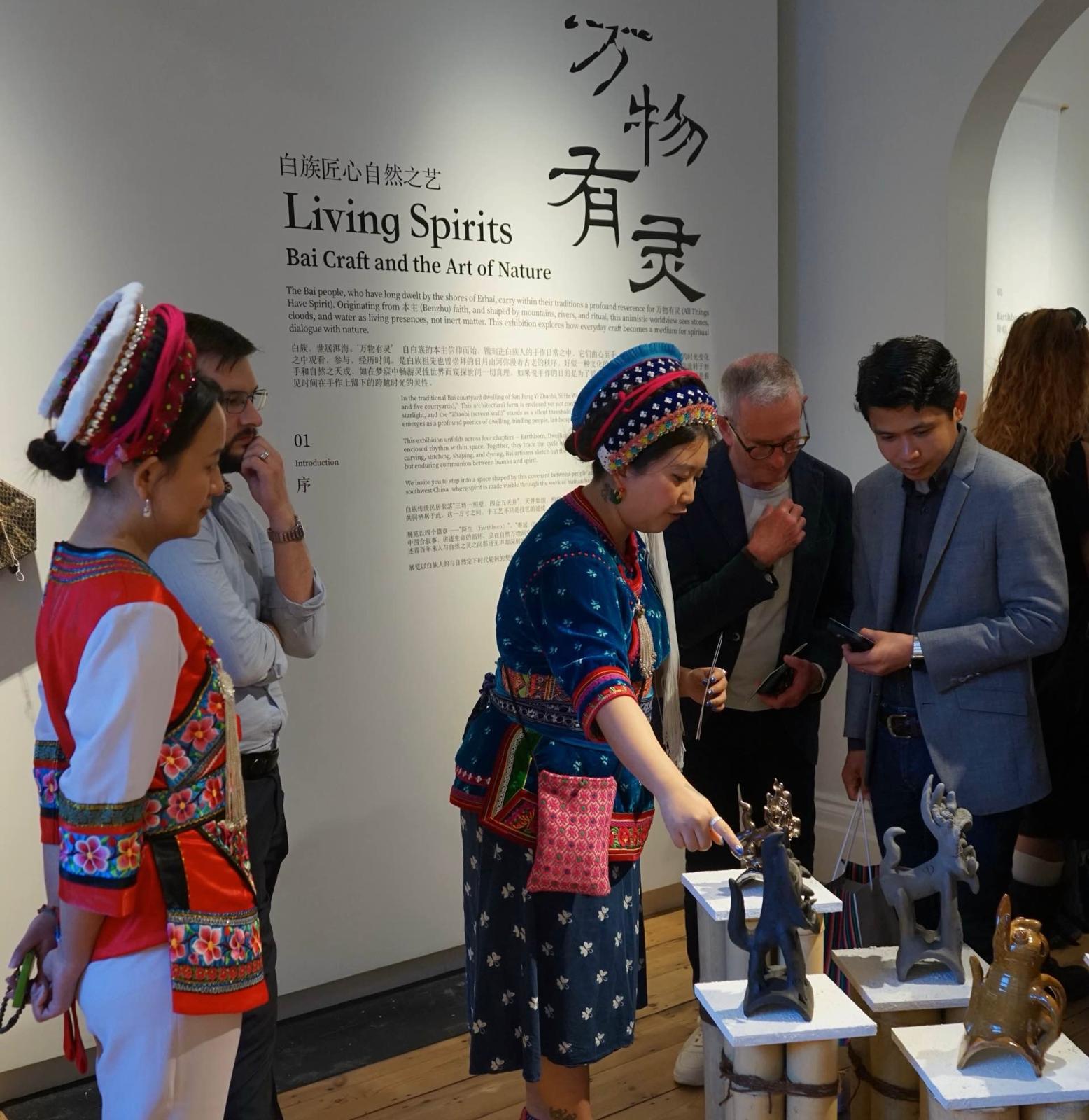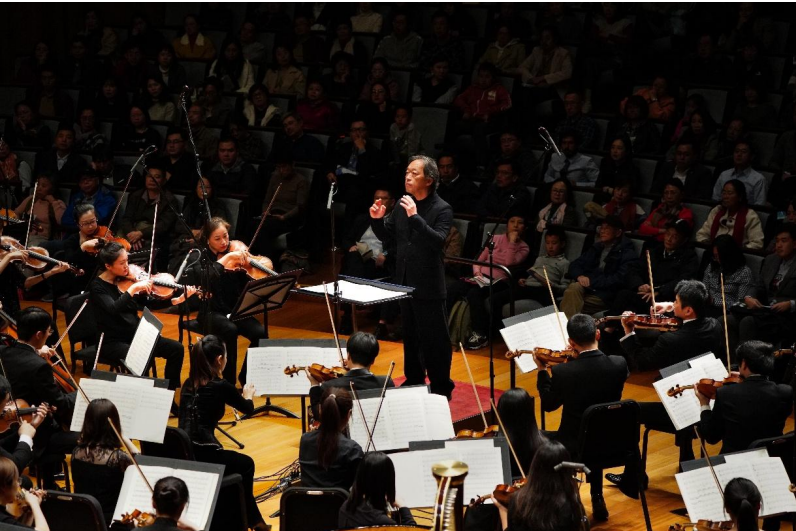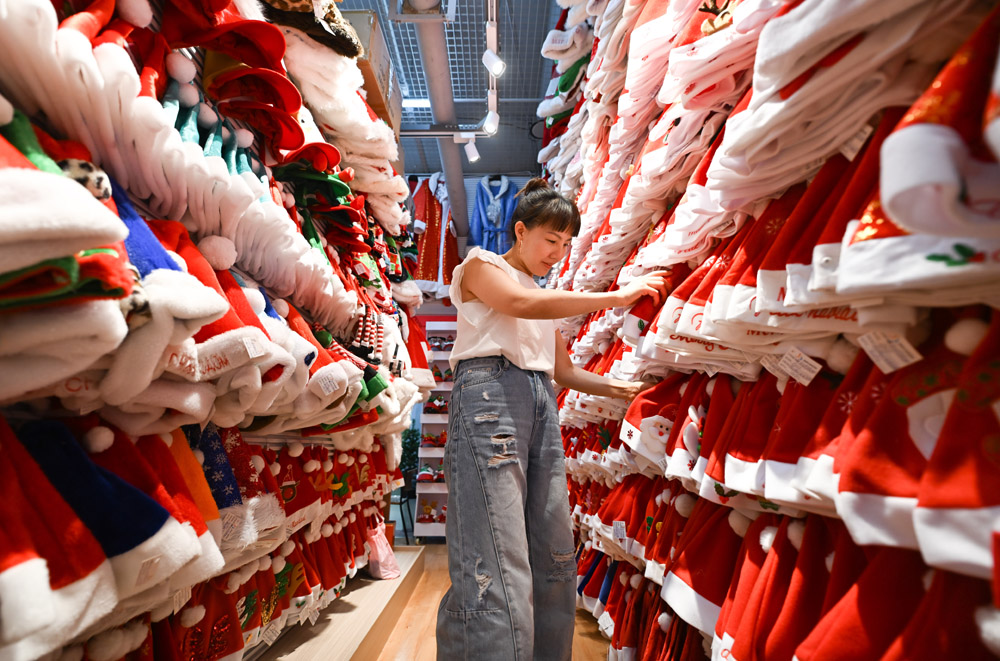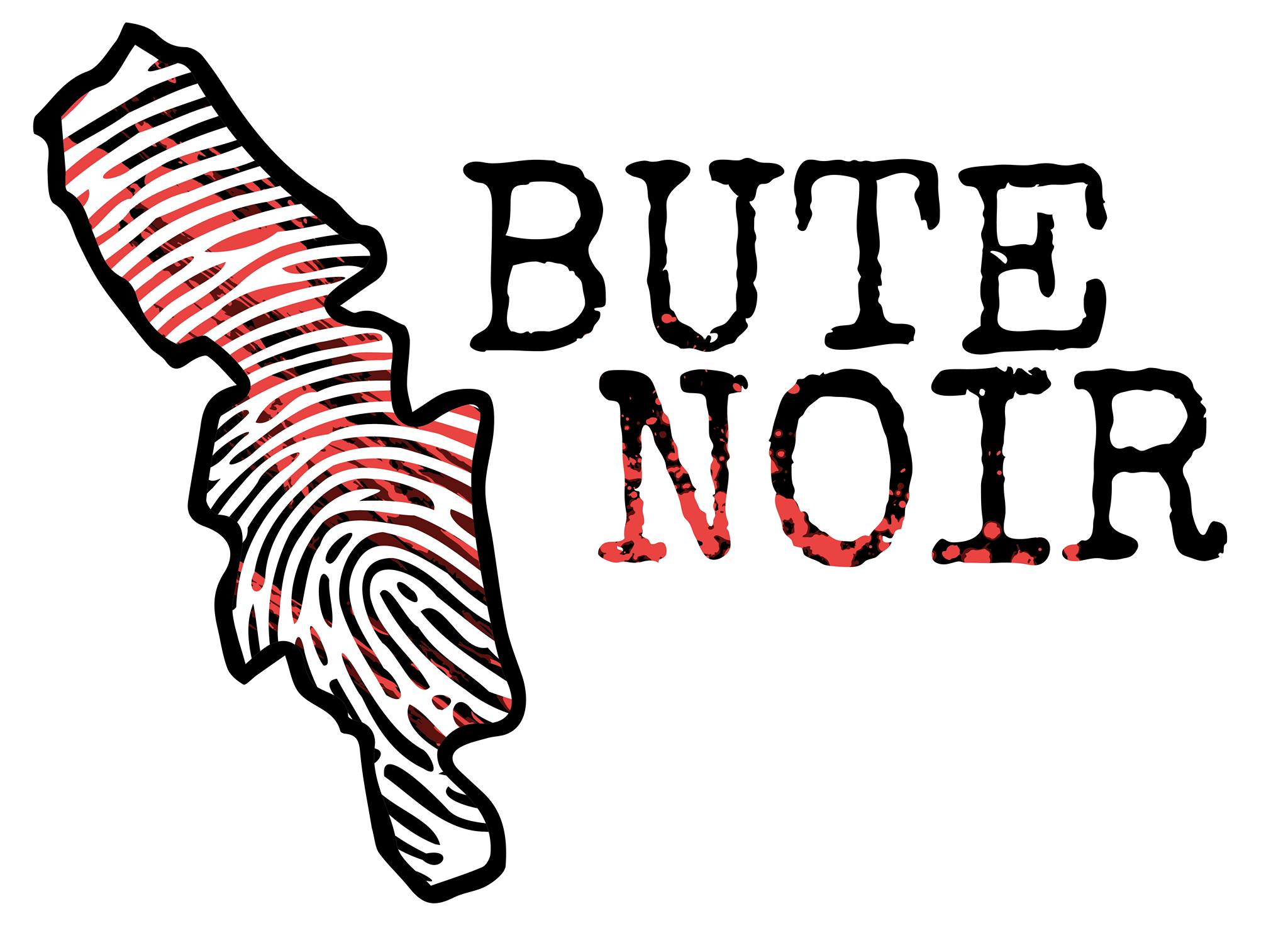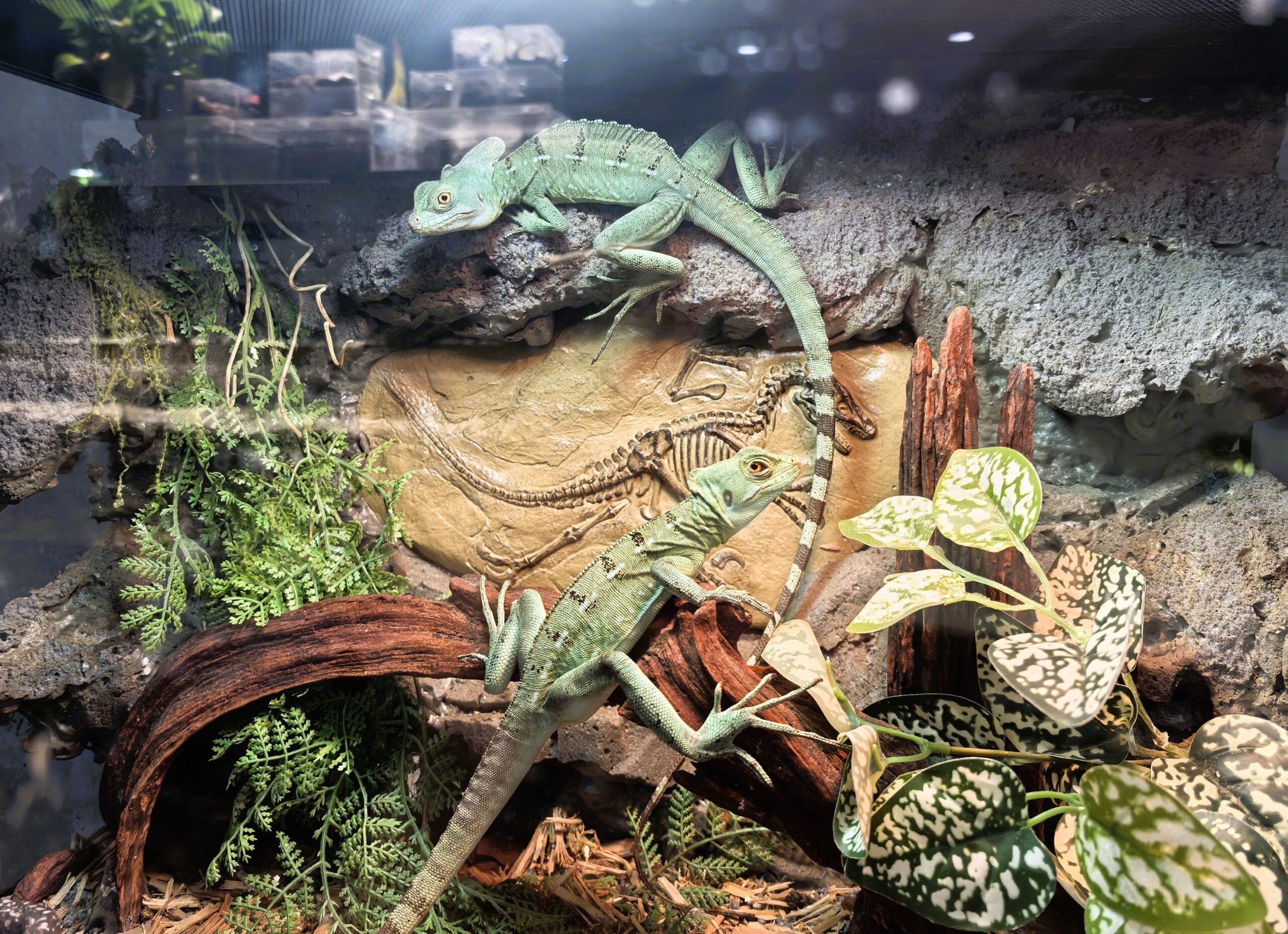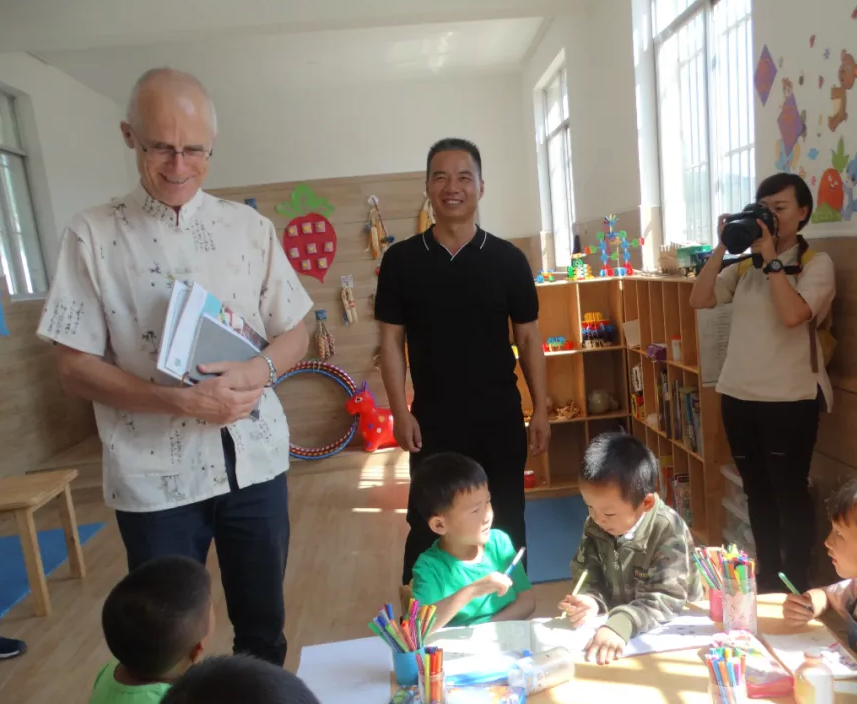“In the Hands of the Bai, all things have spirit” opens the short documentary Living Spirits (万物有灵), part of the Living Spirits: Bai Craft and the Art of Nature exhibition at London Craft Week.
Walking through the living spirits exhibition, this becomes quickly apparent.
One of China’s many ethnic minorities, the Bai people live primarily around Dali and the Erhai Lake are of Yunnan province in South-Western China. The exhibition invites you to step into the world of the Bai people, from birth to death, mountain to sky, and stone to wood. For them, a bond is forged between humanity and also nature, and their unique crafts serve as a bridge between these tangible materials and their ethereal concepts.
Curator Jingyi Tong explains that the living spirits exhibition is set out in the style of a traditional Bai house. “The whole space, the concept comes from SanFang YiZhaoBi (三坊一照壁 – three chambers with one screen wall)”. In the centre of the exhibition – the courtyard of the house – dyed indigo cloth hangs off a bamboo frame just as it would in a real Bai house.
The whole exhibition is organised to represent the journey of life for the Bai people through their craft work. You travel through four chapters: Earthborn, Dwelling Within, Bond and Vow, and Whispering Remains. The items themselves also represent this journey. The small hats and shoes created for babies on their 100-day celebrations and one-year birthday. The beautiful wedding outfit of a Bai bride. Carved wooden mushrooms representing new life from death.
Jingyi Tong adds, “The whole room is like a loop, beginning earthborn and then ending with whispering remain. It’s all about humans and spirits dwelling inside.”
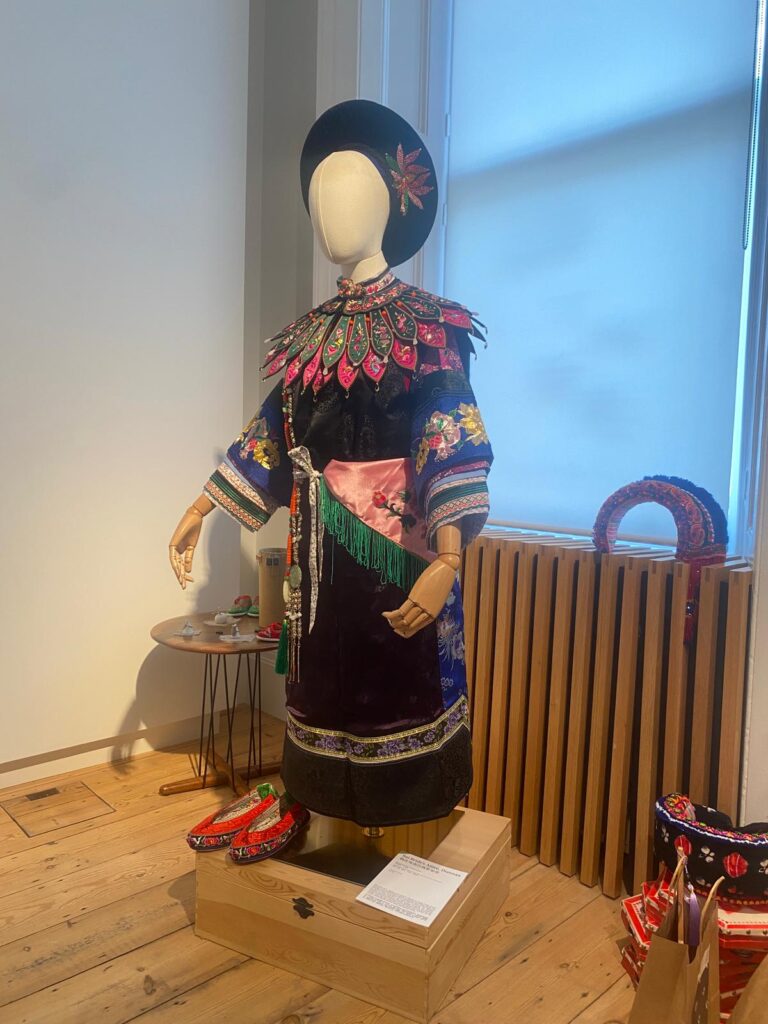
Dr Melody Zhang, researcher for the exhibition, explained how it’s important for her to represent the Bai people as they truly are. Not in the way they are often misrepresented as, not only outside China but also in China too. Walking round the exhibition, she shares that a series of small mushrooms carved out of wood are her favourite pieces in the exhibition.
“I think my favourite are definitely the mushrooms,” she shares. “They are such famous ingredients for Bai people, we celebrate every summer for it”.
The exhibition was organised by Yicrafts, founded by Yiran Duan from the Bai ethnic minority of Yunnan, and also Liuran.
Of the many guests who have visited the exhibition so far, perhaps the most excited was Yiran’s mother Hongxin Yang (杨红新). She and Yiran’s father had flown to London to see the exhibition.
She shared “Before, I never imagined my daughter would grow up to live far away, and after university, through all of her hard work, bring our Bai culture to London.”
“When she was young, she always enjoyed doing handcrafts… after coming to London she realised lots of foreigners didn’t know about our Yunnan ethnic minority.”
“Now, she has managed to create this exhibition here. After seeing this, I am so happy for her. She has done so well.”
During the evening Yiran’s mum was at the exhibition, she treated guests to a series of Yunnanese Folk songs. Alongside singer Gaodan Yue (高丹悦), they sang in the Bai language.
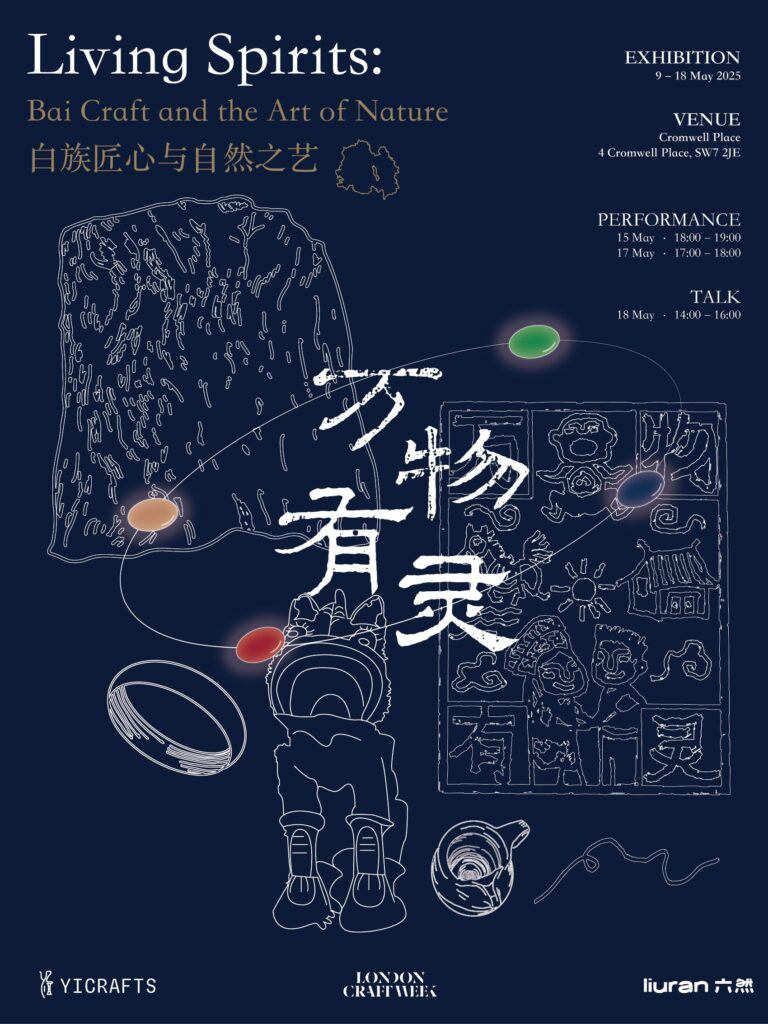
Yi crafts are a craft studio based in Northwest London founded in 2019 by Yiran. They focus on preserving and sharing the traditional crafts and cultures of Southwest China’s ethnic minorities. Liuran is a Beijing-based cultural studio also dedicated to preserving, sharing, and reimagining Eastern traditions.
The exhibition is being held at 4 Cromwell Place, in South Kensington.
It opened on May 9th and continues until May 18th.
It is part of the ongoing London Craft Week. Since its inception in 2015, London Craft Week has become one of the world’s most important arts and crafts events,. It is supported by the King Charles Foundation and initiated by founder Guy Salter. Held in London every early summer, Craft Week brings together designers, brands, galleries and artisans from around the world. It helps to create a platform for international and local, historical and contemporary exchange through exhibitions, lectures and workshops.
If you liked this article why not read: Yiran Duan, Traditional Crafts are a Bridge for Cultural Exchange

